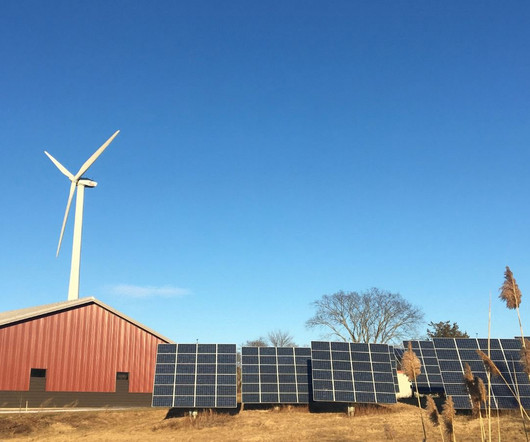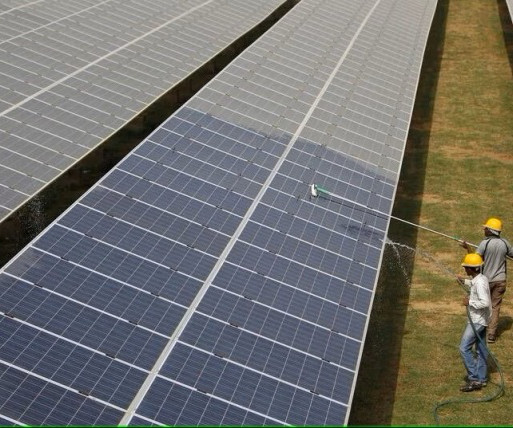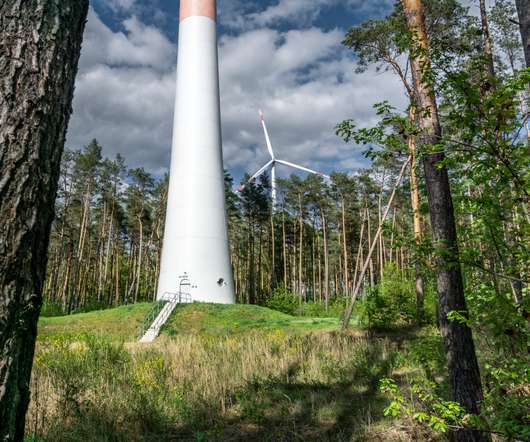Three Reasons Why Spring is a Great Time for Renewable Energy
Union of Concerned Scientists
MAY 30, 2023
And I love hearing about new renewable electricity records as spring unfolds. A few recent examples for that last love: California scored a new record for total generation from renewable energy in mid-April and a new record for solar production in mid-May. New York just broke its solar record.






















Let's personalize your content